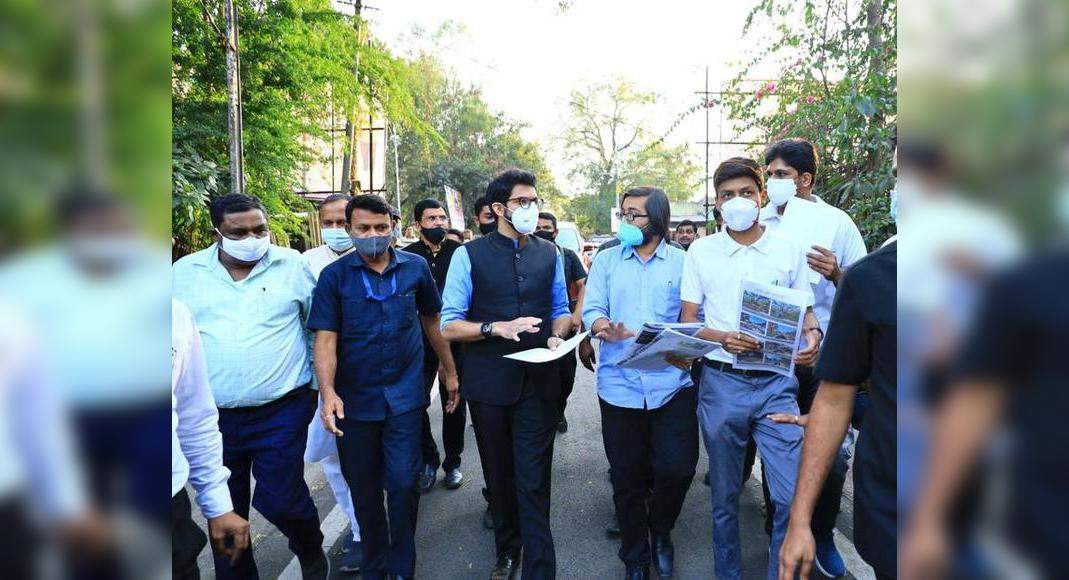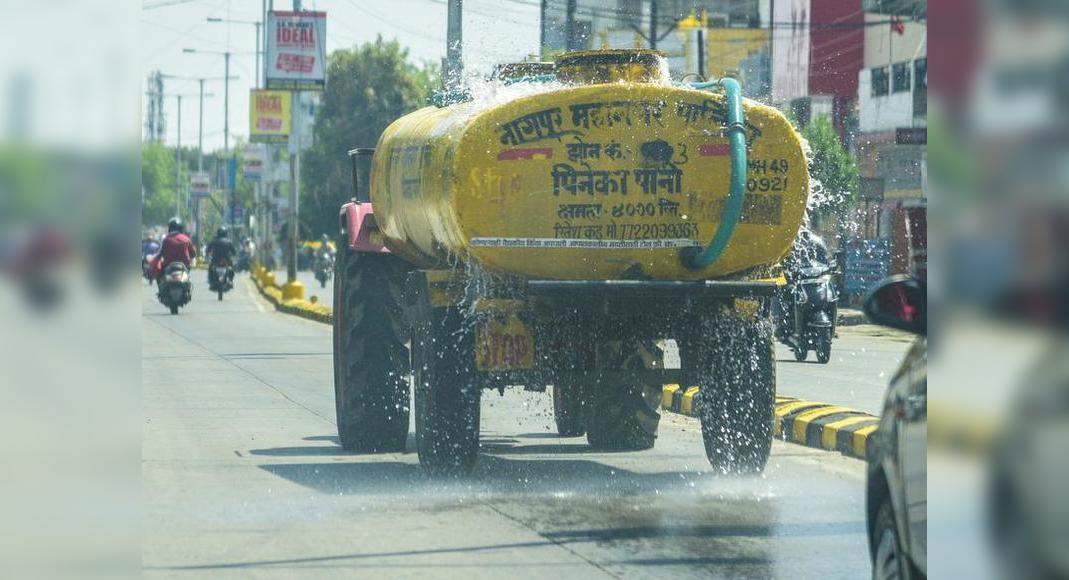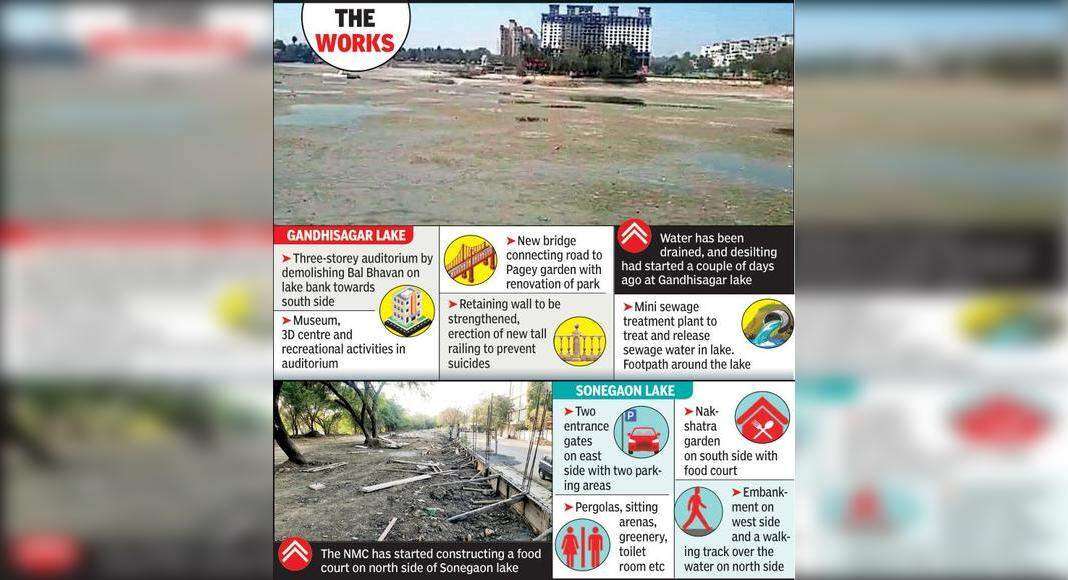NAGPUR: Rain related flooding in the city in 2020 reached areas that were never flooded before, reveals data compiled separately by Nagpur Municipal Corporation’s fire and emergency services department and Nagpur city police.
Apart from low-lying areas and chronic flooding spots, rainwater gushed inside many localities in the city, especially alongside newly constructed cement roads, that had previously never been affected, admitted a senior official from the fire department.
With the city witnessing a flurry of construction activities, there has been increase in flooding spots.
The disaster management’s report revealed that waterlogging-prone areas in the city have increased by 101.
As per the report, there are 117 localities that need to be tacked this monsoon.
In 2019, there were only 16 localities or low-lying areas.
Activists pointed out to infrastructure projects like cement road construction and Metro work as the main reasons, but the administration emphasised that extreme weather events should be factored in before drawing conclusion.
Earlier, there were only a few low-lying areas in the city — slums alongside Nag and Pili rivers or localities near Pohra river.
But now many new spots in Ramdaspeth, Dharampeth, Borgaon, Padole Nagar, Hiwri Nagar among many others have emerged as flooding-prone areas of the city.
Several localities, especially those along the newly constructed cement roads, had witnessed flooding because of faulty road construction and poor drainage system.
Similar was the observation of Nagpur city police’s disaster management report, which too revealed waterlogging spots in the city.
Traffic police too cited that waterlogging alongside many roads has increased.
Cops also expressed concern over no measures being taken to solve the perennial problem of flooding spots like Narendra Nagar railway under bridge.
Come monsoon and the RuB can be seen flooded every year.
“Those residing alongside the Inner Ring Road and many other newly constructed cement roads faced waterlogging for the first time last year,” said a senior official from the disaster management cell.
Citing examples, the official said waterlogging was seen on roads between Tukdoji Putla Square to Manewada Square and from Mate Square to Pratap Nagar Square.
On both the patches, either side of the cement road can be found submerged with even an hour of rainfall.
At most of the places, height of the cement roads is more than the plinth level of residential localities abutting the road, leading to rainwater gushing into the houses in many areas.
Besides this, the flow of rainwater into drains has gone up owing to increased concretization, but the carrying capacity of the drains has remained the same over the years.
A senior official from the NMC blamed this to the unprecedented amount of rainfall leading to increase in flooding areas.
The official pointed out that most of the tar roads, which were concretized, have been provided with storm water network.
Excess rain in a short period had led to new flooding spots, he added.




